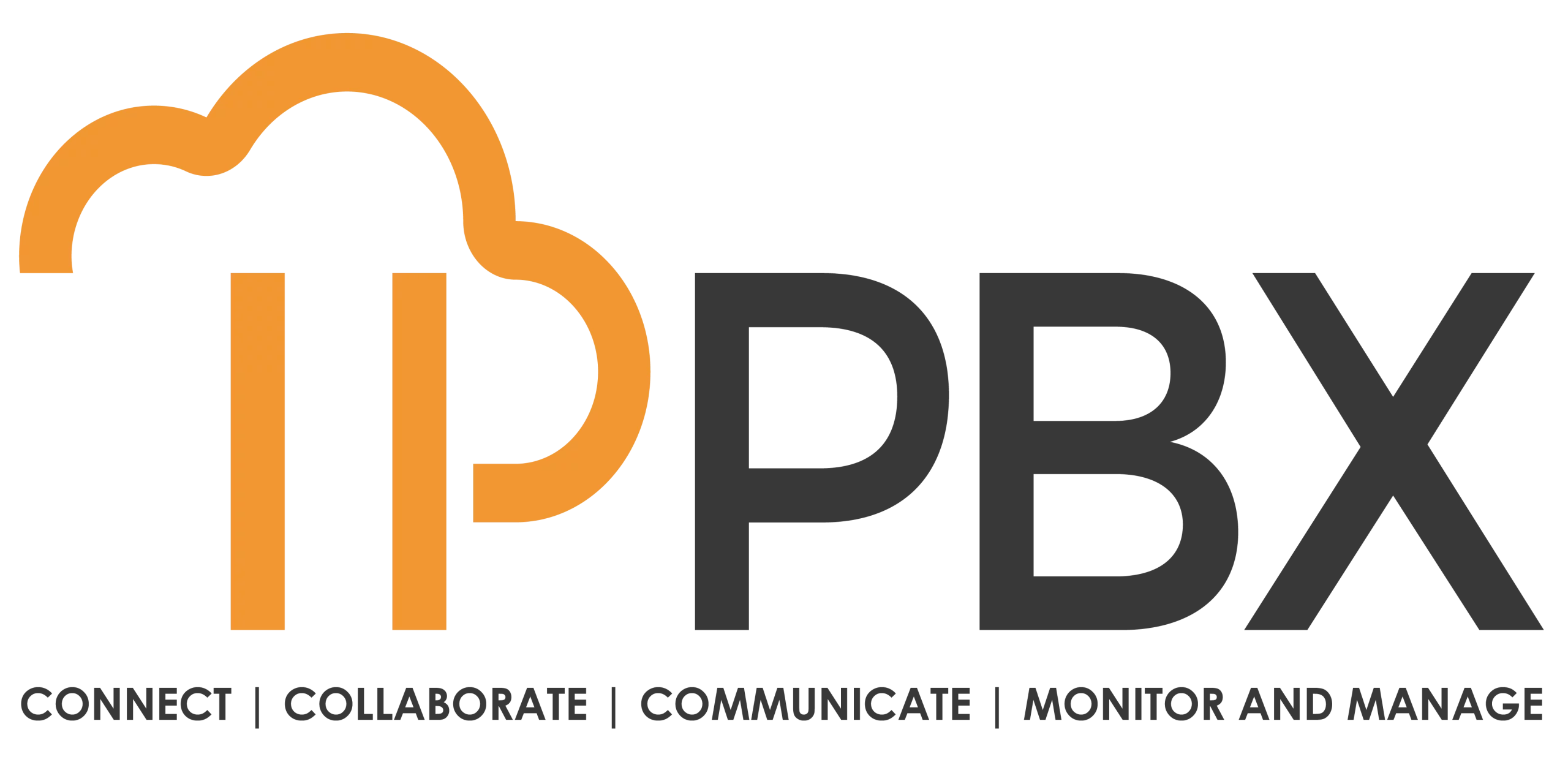Introduction:
In today’s fast-paced business environment, efficiently managing documents is crucial for organizations seeking to streamline workflows and boost productivity. Document management services offer a comprehensive solution to organize, secure, and streamline document-related processes. To guide us through the nuances of document management services, we turn to Dan Faulkner, an esteemed expert in document management solutions. Join us as we explore the realm of document management services and discover how they can transform your organization’s document processes and efficiency.
Meet the Expert: Dan Faulkner
Dan Faulkner is a highly respected authority in the field of document management solutions, boasting extensive experience and accomplishments. His career has been marked by significant contributions to organizations seeking to optimize their document processes. Dan’s credentials and expertise have made him a sought-after consultant and thought leader in the industry.
Understanding Document Management Services
Before we delve into specifics, it’s crucial to understand the central role that document management services play in modern organizations. Dan Faulkner emphasizes that document management services encompass a comprehensive suite of solutions designed to capture, store, organize, and access documents efficiently. These services extend beyond simple storage; they offer tools for document scanning, version control, workflow automation, and data security.
Document management services are the cornerstone of streamlined document processes within organizations.
Key Components of Document Management Services
Dan Faulkner discusses key components that define document management services:
- Document Scanning: Efficiently converting physical documents into digital formats.
- Document Storage: Securely storing and organizing documents, often in cloud-based repositories.
- Workflow Automation: Automating document-related processes to reduce manual tasks and improve efficiency.
These components are integral to the smooth operation of document management services, enabling efficient document handling.

Benefits and Real-World Applications of Document Management Services
In this section, Dan Faulkner explores the benefits and real-world applications of document management services. He presents use cases and showcases how organizations have harnessed these services to streamline workflows, enhance collaboration, and improve data security.
Choosing the Right Document Management Service Provider
Selecting the right document management service provider involves considering several factors, such as your organization’s specific needs, customization options, and integration capabilities. Dan Faulkner provides guidance on navigating these factors, ensuring that the chosen service provider aligns seamlessly with your organization’s objectives.
Real-World Success Stories
To illustrate the practical benefits of document management services, Dan Faulkner presents real-world success stories. These stories showcase how organizations have achieved improved efficiency, collaboration, and data security through the implementation of document management solutions.
The Future of Document Management Services
As organizations continue to evolve, so do document management services. Dan Faulkner discusses emerging trends, such as AI-driven document categorization and blockchain-based document verification. Staying informed about these developments is crucial for organizations aiming to excel in document management and efficiency.
Conclusion
In conclusion, document management services offer a powerful solution for organizations seeking to streamline document processes, enhance collaboration, and boost efficiency. With insights from Dan Faulkner, you now have a deeper understanding of document management services’ principles, components, benefits, selection criteria, and the potential benefits they can bring to your organization’s workflows.

